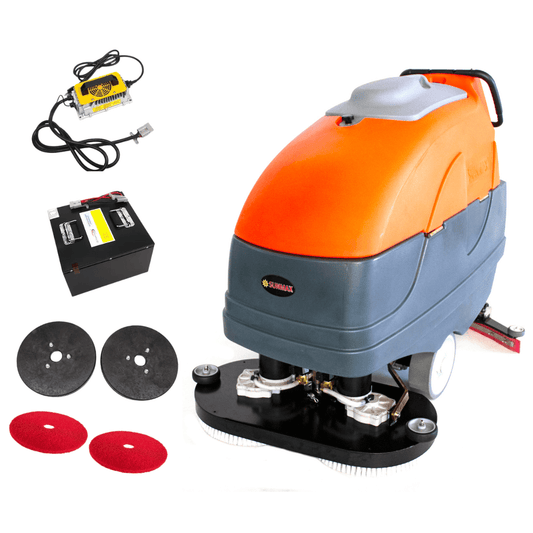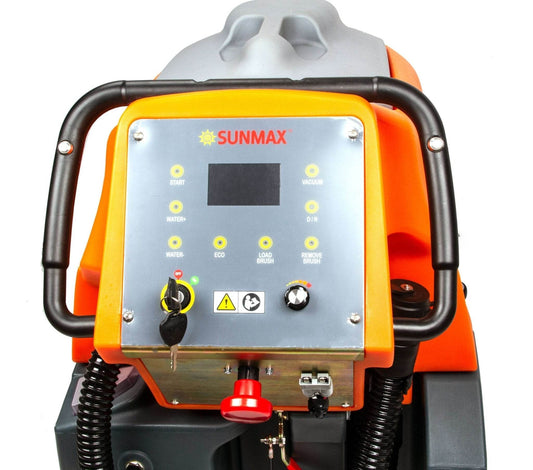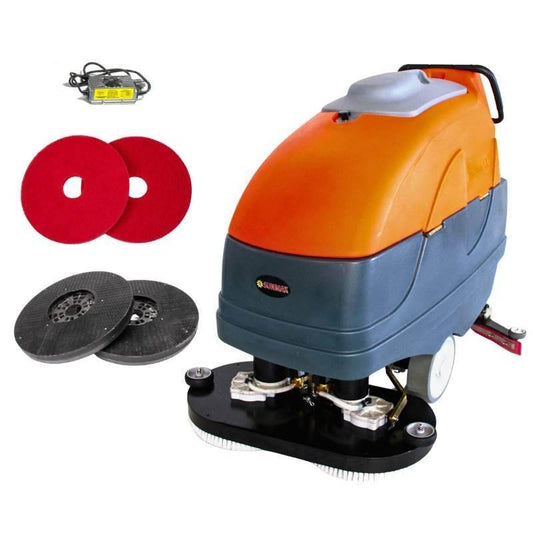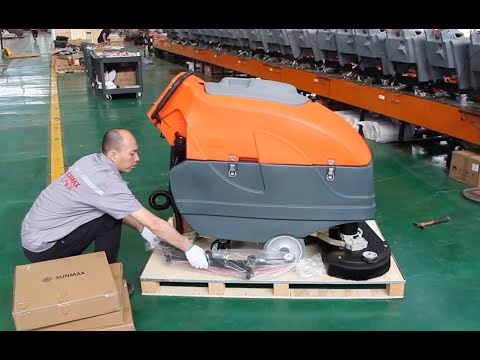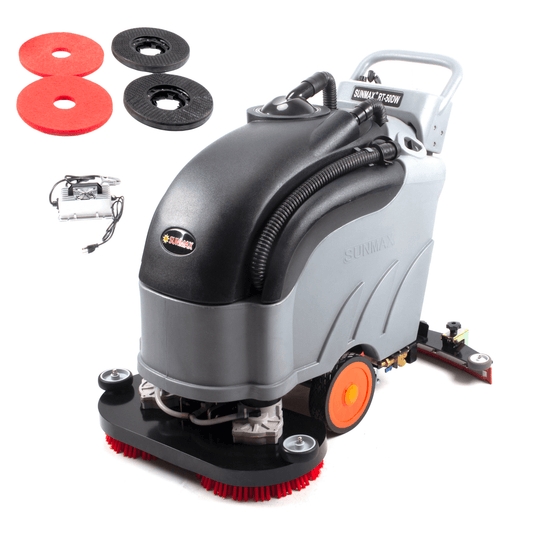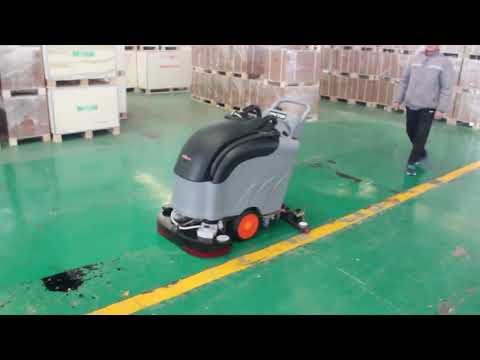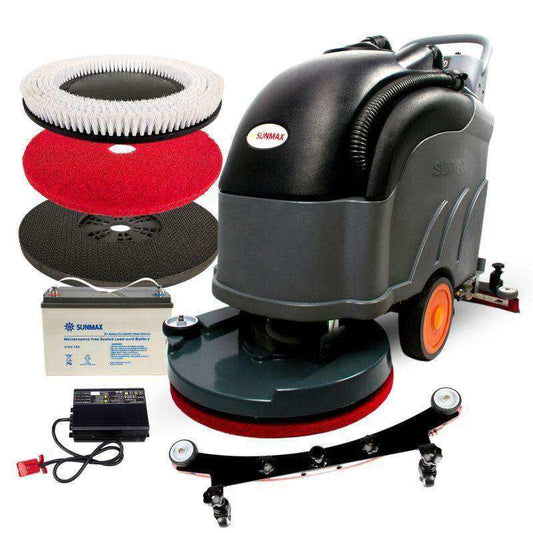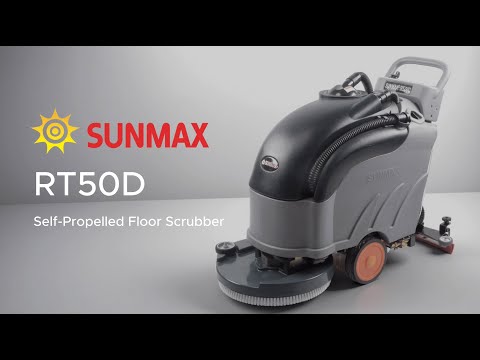What is a Self-Propelled Floor Scrubber and why choose it over manual push?
A Self-Propelled Floor Scrubber uses powered traction to drive itself forward, reducing operator effort on ramps or long aisles. Compared with manual push units, self-propelled models deliver steadier cleaning speed, better uphill/downhill control, less fatigue, and higher daily productivity—especially with heavy solution tanks or textured floors.

